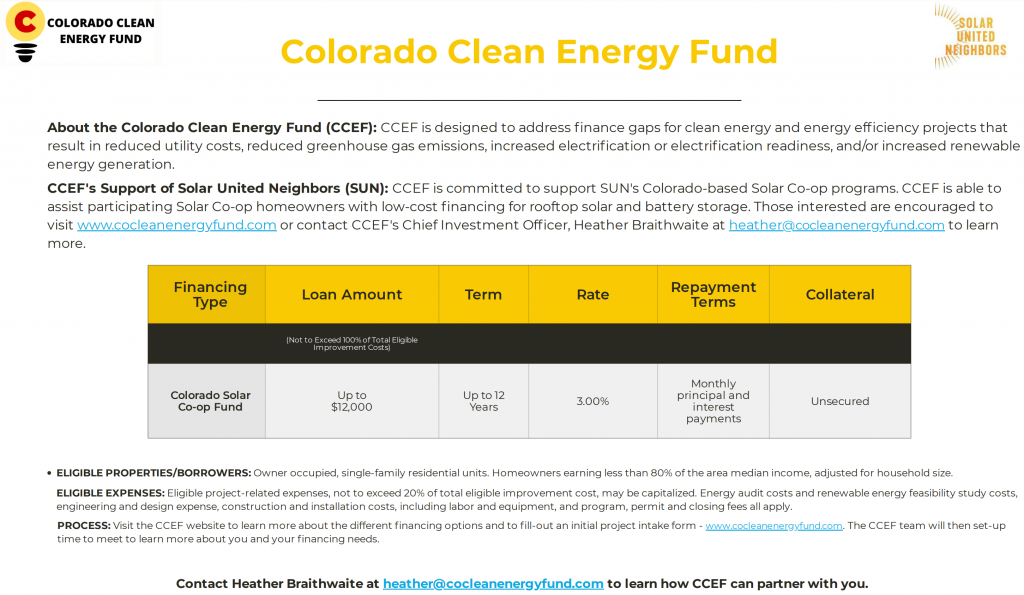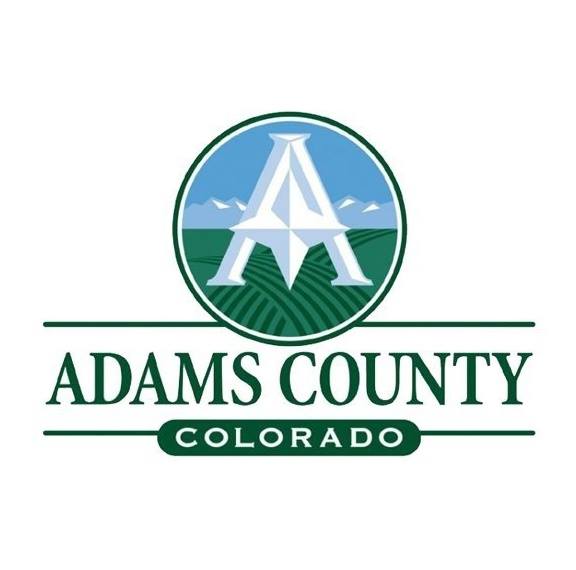¿Español? Aprende más de nuestro grupo de compra colectiva.
How does a co-op work?
Imagine walking into a solar company’s office with 50 or 100 of your neighbors and saying, “We all want to get solar. What kind of deal can you give us?”
That’s a solar co-op!
In fact, it’s even better than that. In addition to competitive pricing on solar panels, you get:
- Info to help you understand solar. Our vendor-neutral solar experts are here to help you understand how solar works and make the best decision for your energy needs.
- A direct line to ask specific questions. You can call or email us anytime you need help. We’ll be here now and long after you install solar.
- A team that solicits and reviews proposals from solar companies. First, Solar United Neighbors requests bids on your behalf. Then, a committee of your fellow co-op members meet to assess the pros and cons and select the best installer for the group. (Note: If that sounds interesting to you, you’re also welcome to join the selection committee!)
- Community. You’ll join the growing solar movement. You’ll have a built-in network of support and inspiration from others who, like you, are taking a stand for energy freedom and advancing the clean energy economy.
- A bigger impact! Going solar creates jobs, and puts energy production and its benefits back in the hands of the people and contributes to cleaner air and water for everyone. A solar co-op amplifies those outcomes exponentially.
Watch the video below to learn more about our solar co-op process and its benefits, or view our FAQs.
How does a co-op work?
Can’t make our info session?
Watch the launch event for general information on solar, how co-ops work, what to expect if you join, and for words from our co-op partners.
How much does solar cost? How much can you save?
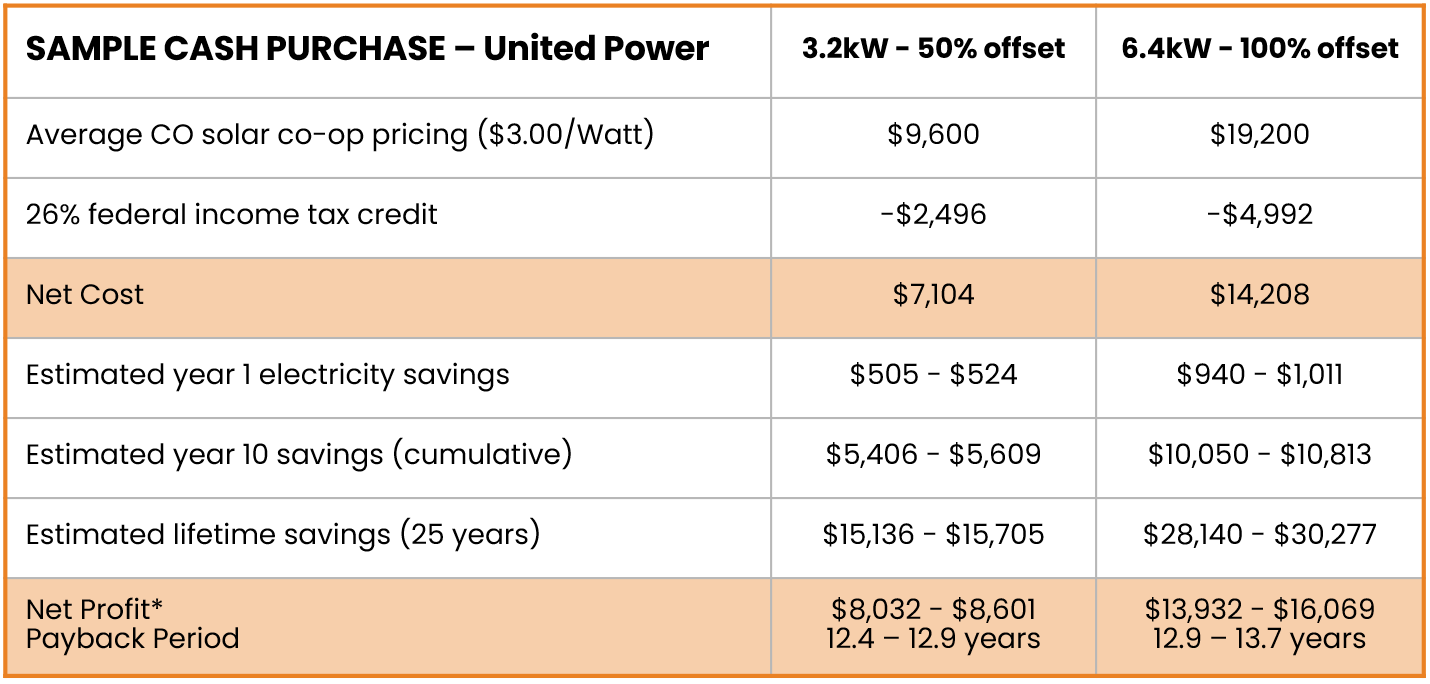
*Example pricing only. Actual system size will vary. Modeling assumptions: United Power customer consuming 10,163kWh/yr, summary of R1 and RTD1 rate schedules, 1,588 yearly kWh production per 1kW of solar, 180 degrees of azimuth, 20 degrees of tilt, 0.5%/yr system degradation rate, 2%/yr annual utility escalation rate.
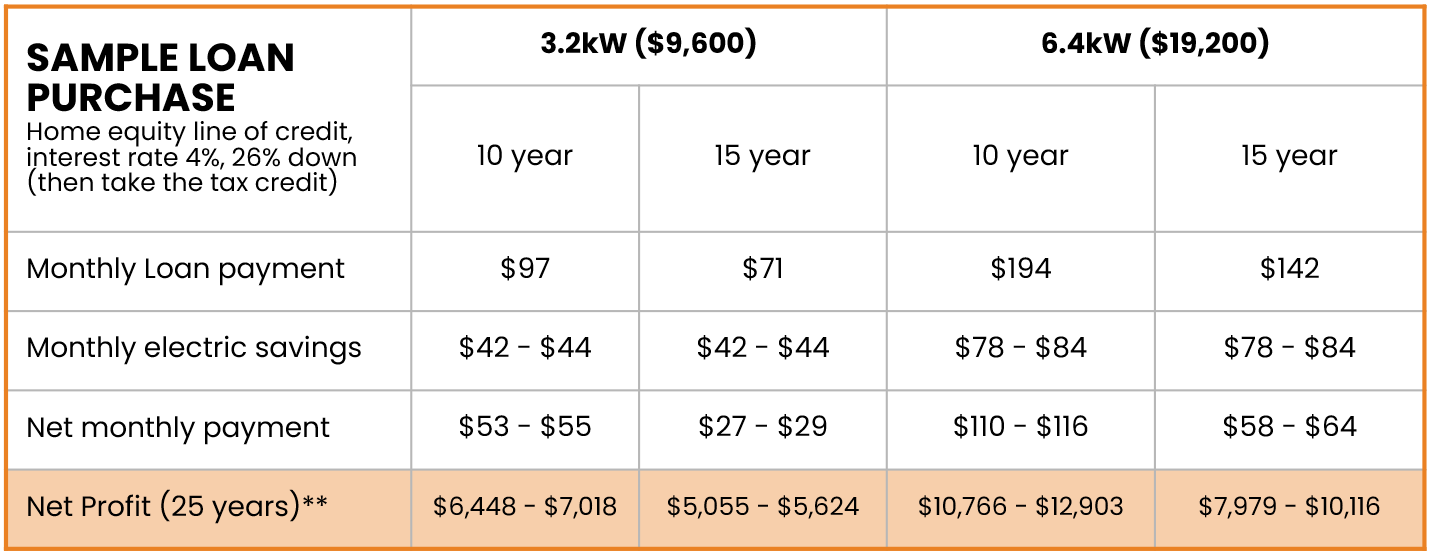
**Example pricing only. Actual cost depends on system size, interest rate, credit score, & other factors. Prices do not include incentives besides 26% tax credit. Reflects year one average savings. Savings will grow each year as avoided utility electricity costs increase.
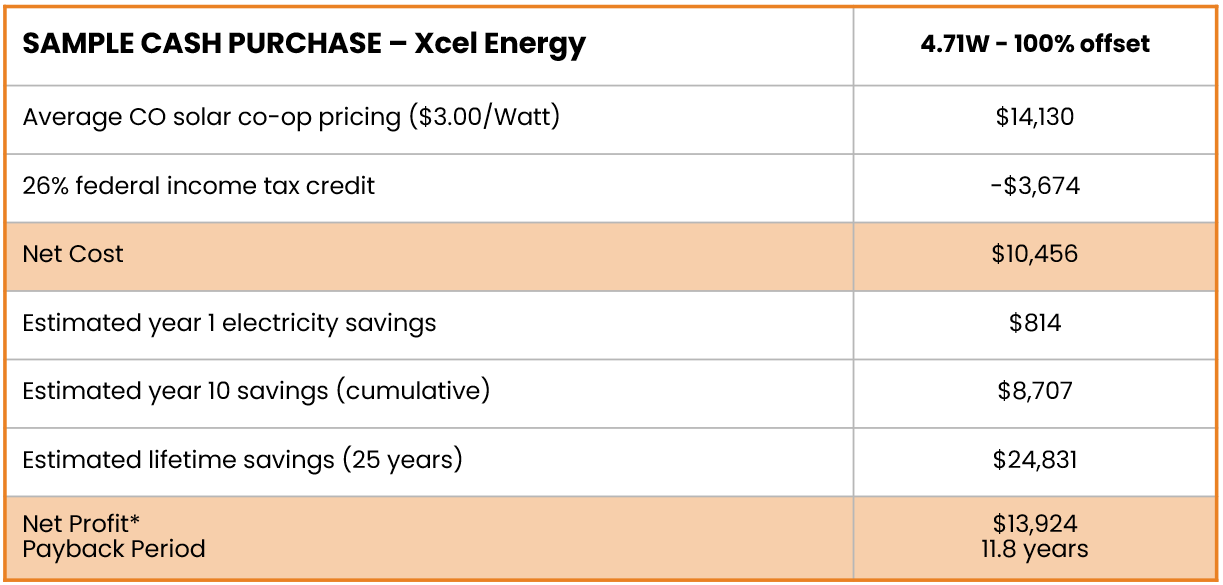
*Example pricing only. Actual system size will vary. Modeling assumptions: Xcel Energy customer consuming 7,601kWh/yr on RE-TOU rate schedule, 1,613 yearly kWh production per 1kW of solar, 180 degrees of azimuth, 20 degrees of tilt, 0.5%/yr system degradation rate, 2%/yr annual utility escalation rate.
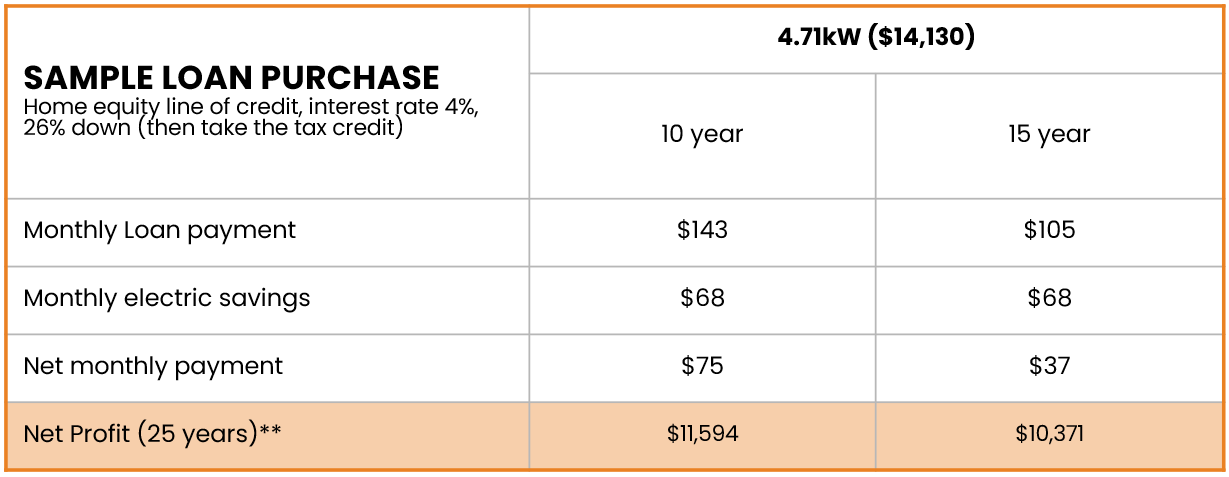
**Example pricing only. Actual cost depends on system size, interest rate, credit score, & other factors. Prices do not include incentives besides 26% tax credit. Reflects year one average savings. Savings will grow each year as avoided utility electricity costs increase.
Consider financing through the Colorado Clean Energy Fund
